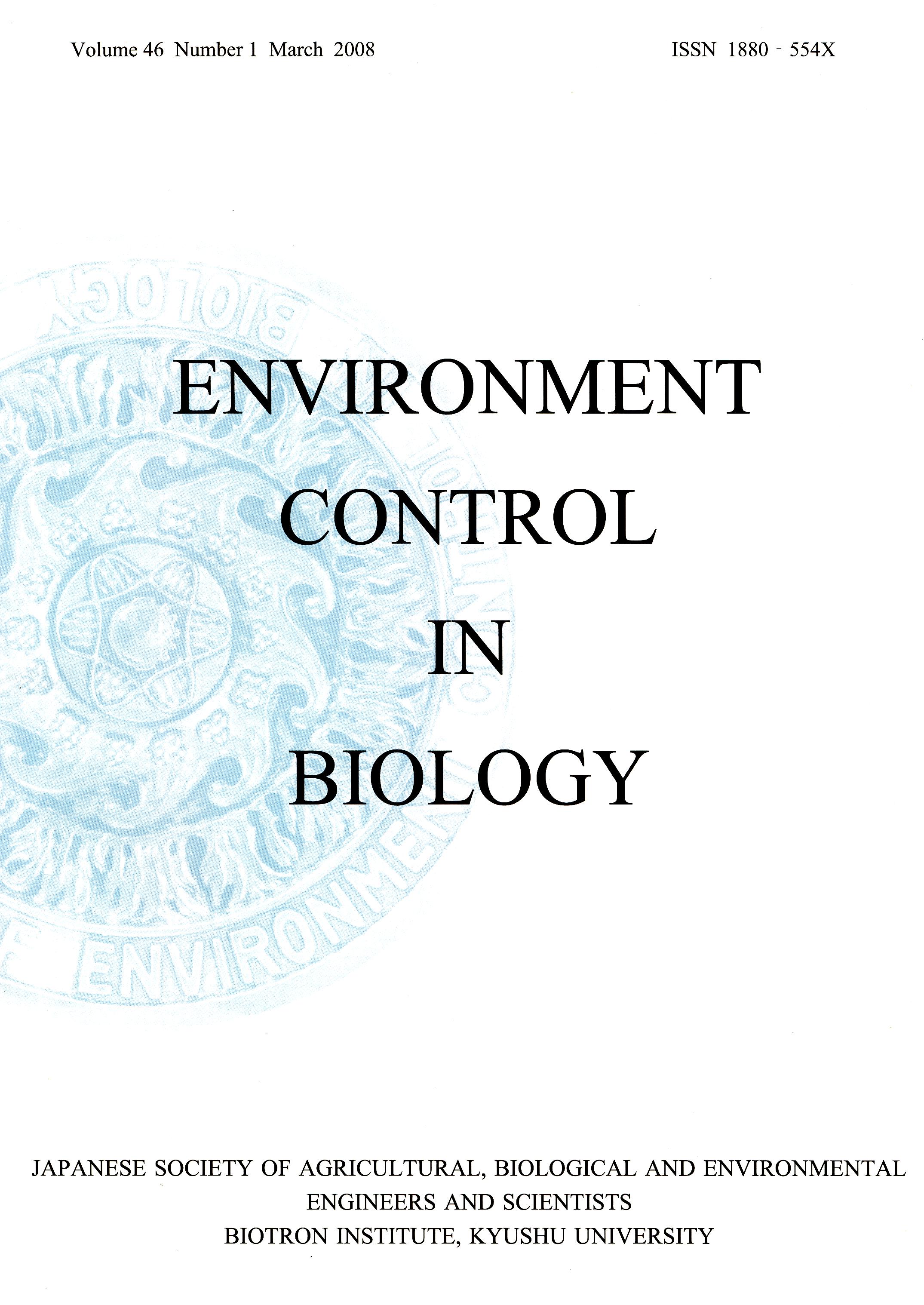Volume 45, Issue 2
Displaying 1-7 of 7 articles from this issue
- |<
- <
- 1
- >
- >|
Original Paper
-
2007 Volume 45 Issue 2 Pages 75-83
Published: 2007
Released on J-STAGE: September 05, 2008
Download PDF (372K) -
2007 Volume 45 Issue 2 Pages 85-93
Published: 2007
Released on J-STAGE: September 05, 2008
Download PDF (773K) -
2007 Volume 45 Issue 2 Pages 95-101
Published: 2007
Released on J-STAGE: September 05, 2008
Download PDF (861K) -
2007 Volume 45 Issue 2 Pages 103-111
Published: 2007
Released on J-STAGE: September 05, 2008
Download PDF (1078K) -
2007 Volume 45 Issue 2 Pages 113-120
Published: 2007
Released on J-STAGE: September 05, 2008
Download PDF (522K)
Short Communication
-
2007 Volume 45 Issue 2 Pages 121-126
Published: 2007
Released on J-STAGE: September 05, 2008
Download PDF (364K) -
2007 Volume 45 Issue 2 Pages 127-132
Published: 2007
Released on J-STAGE: September 05, 2008
Download PDF (317K)
- |<
- <
- 1
- >
- >|
